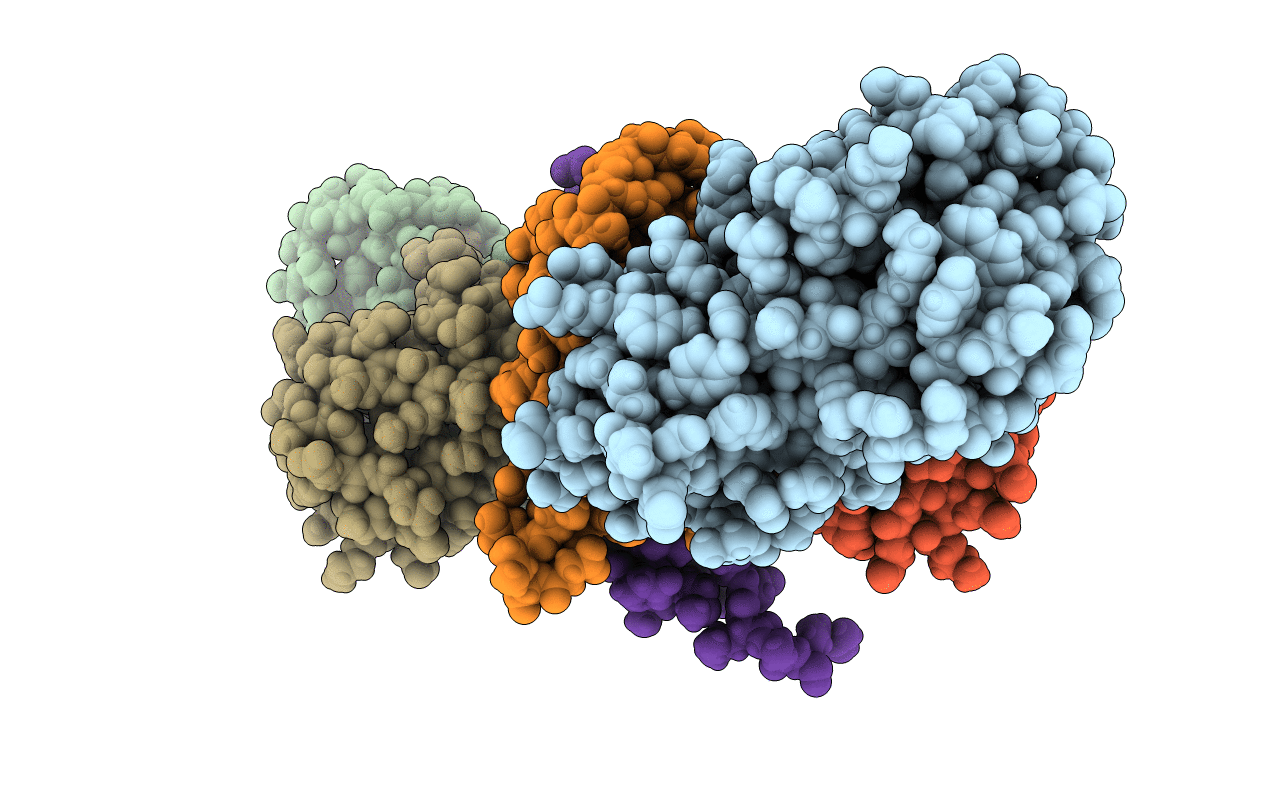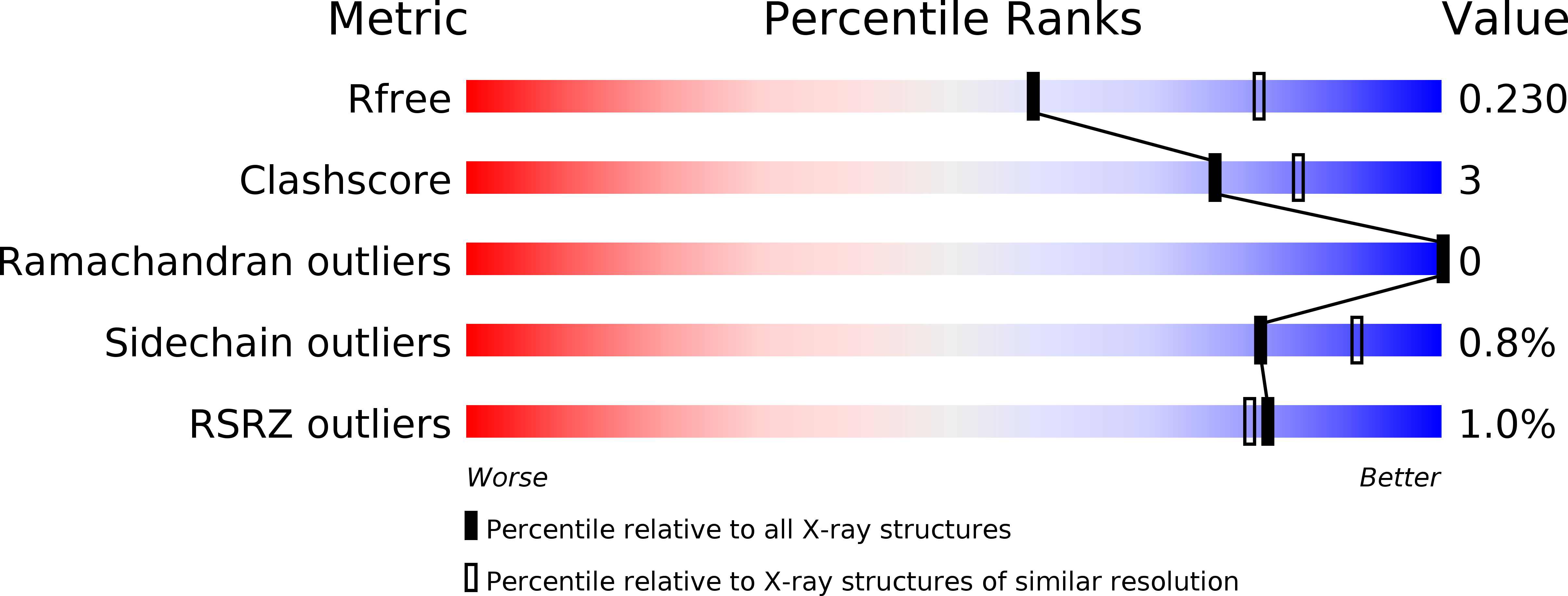
Deposition Date
2015-11-24
Release Date
2016-08-17
Last Version Date
2024-10-09
Entry Detail
PDB ID:
5EYA
Keywords:
Title:
TRIM25 RING domain in complex with Ubc13-Ub conjugate
Biological Source:
Source Organism:
Homo sapiens (Taxon ID: 9606)
Host Organism:
Method Details:
Experimental Method:
Resolution:
2.40 Å
R-Value Free:
0.22
R-Value Work:
0.18
R-Value Observed:
0.19
Space Group:
P 21 21 21


